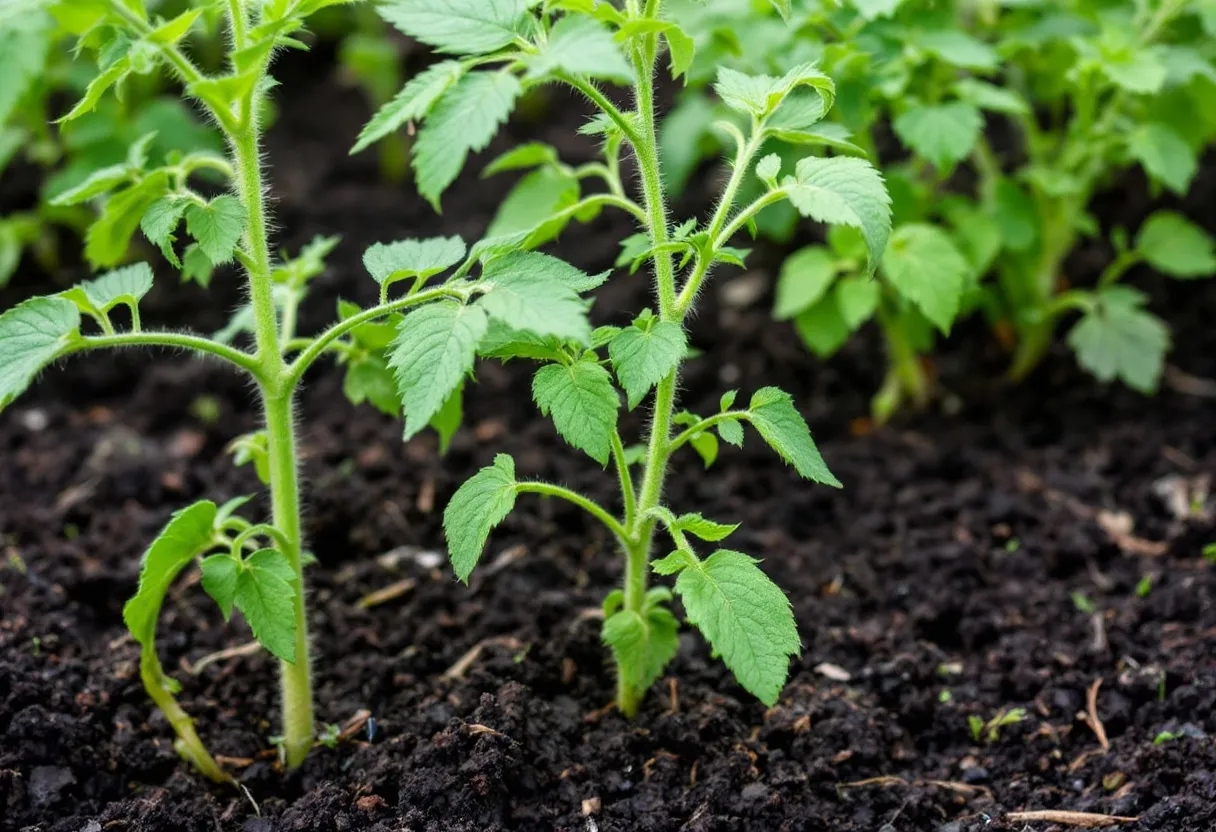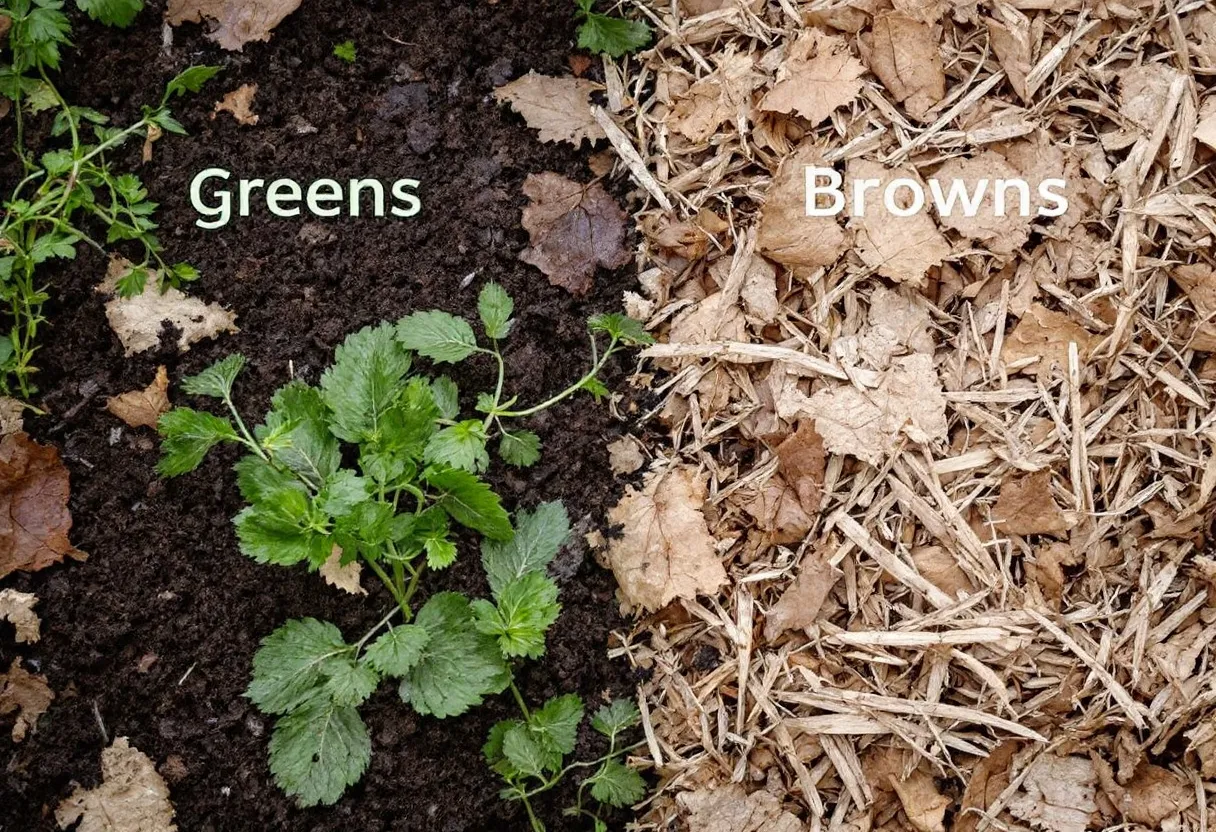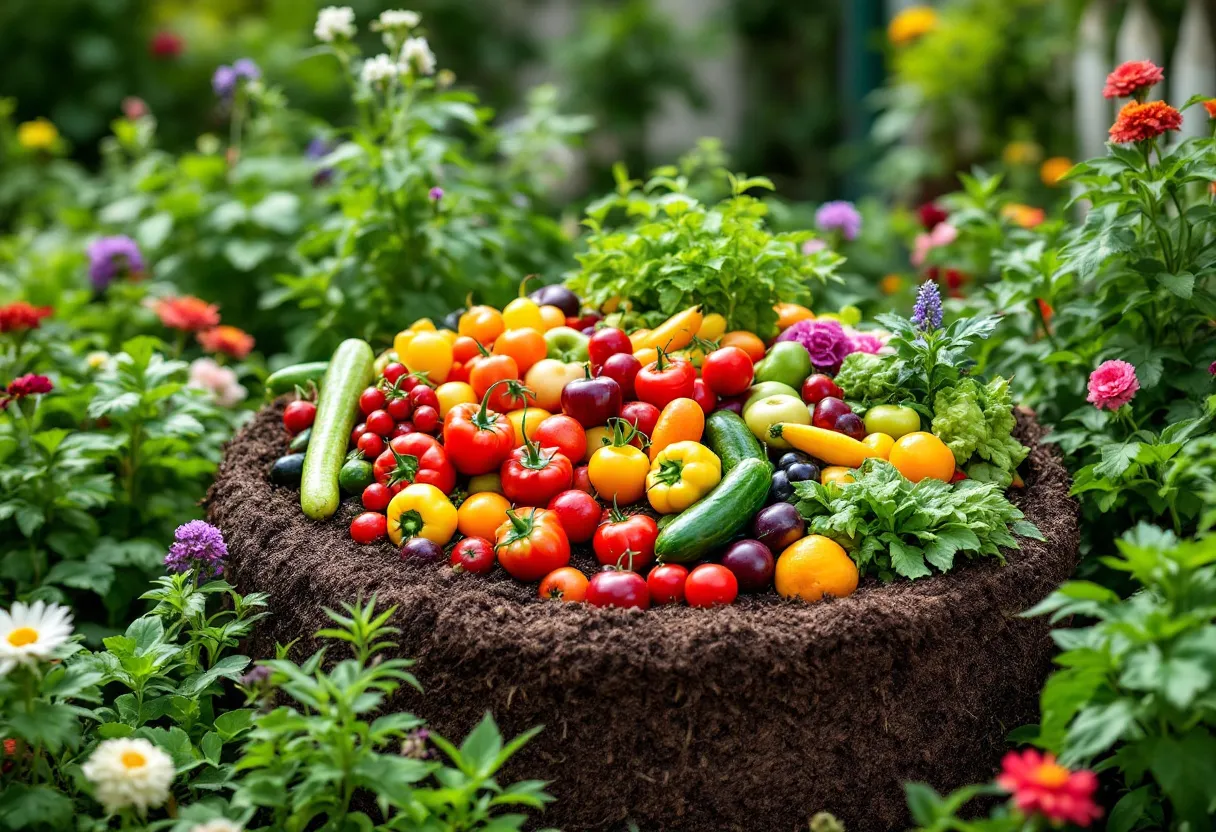Bonjour, mes amis! Lise Dubois here. As someone who’s dedicated a fair chunk of her life to understanding waste management, I’ve seen firsthand how something as simple as composting can transform our relationship with the planet. Now that it’s February 5th, 2025, and France is pushing harder than ever for sustainable waste solutions, I thought I’d share my ultimate guide to composting at home. Trust me, it’s easier than perfecting a souffle!
Why Compost? Pourquoi Pas?
Let’s be honest, the amount of waste we produce is staggering. Did you know that a significant portion of what ends up in our bins is actually organic material? Composting is a fantastic way to divert this waste from landfills, reduce greenhouse gas emissions, and create nutrient-rich soil for your garden – all while shrinking your “ordures menageres” bill! Plus, it’s a fantastic way to connect with nature, even in the heart of the city.
Beyond the environmental benefits, composting enriches our lives. I remember when I first started composting; my tomato plants grew like they were on steroids! Seriously, the difference was night and day.

And the best part? You’re doing something tangible to help the planet. It’s empowering, really.
Getting Started: Choisir Votre Composteur
First things first, you need a compost bin. Don’t let the word “bin” intimidate you; it can be as simple or as sophisticated as you like. For those in apartments, a small indoor composter, like a bokashi or worm bin, is ideal. These are compact, relatively odorless (when done right!), and perfect for small-scale composting. They are a bit like having a pet – you need to feed them, but they give back in dividends!
If you have a garden, you have more options. A traditional compost bin, either store-bought or DIY, works wonders. You can even create a simple compost pile in a corner of your garden. Just make sure it’s in a well-drained area and shielded from direct sunlight. Think of it as creating a cozy home for your future compost!
The Golden Ratio: Carbon to Nitrogen
This is where composting gets a bit scientific, but don’t worry, it’s not rocket science. Your compost needs a balance of “greens” (nitrogen-rich materials) and “browns” (carbon-rich materials). Think of it as a culinary recipe – too much of one ingredient, and the dish is ruined.

Greens include kitchen scraps like fruit and vegetable peels, coffee grounds, and grass clippings. Browns are things like dried leaves, shredded paper, cardboard, and twigs. A good rule of thumb is to aim for a 2:1 or 3:1 ratio of browns to greens. I’ve found that a little extra brown is always better than too much green; it helps prevent that unpleasant, eggy smell.
Speaking of smells, if your compost starts to stink, it’s usually a sign of too much moisture or not enough aeration. Turn it regularly with a garden fork to introduce air. It’s like giving your compost a good, refreshing breath of fresh air!
What to Compost (and What to Avoid)
Most kitchen scraps are fair game – fruit and vegetable peels, coffee grounds, tea bags (remove the staples!), eggshells. In the garden, you can compost grass clippings, leaves, small twigs, and even shredded newspaper. However, there are a few things to avoid. Meat, dairy, and oily foods can attract pests and create unpleasant odors. Diseased plants should also be avoided, as they can spread disease in your garden.
Urban Composting: Parisian Style
Living in a city like Lyon or Paris doesn’t mean you can’t compost. In fact, urban composting is becoming increasingly popular, and for good reason. It reduces waste in our already overburdened landfills and provides valuable nutrients for urban gardens and balcony plants.
For apartment dwellers, bokashi composting is a game-changer. This Japanese method uses inoculated bran to ferment food waste, including meat and dairy. The result is a nutrient-rich “pre-compost” that can then be buried in your garden or added to a larger compost bin. It’s a fantastic way to compost all your food waste, even in a small space.
The Waiting Game: Patience is Key
Composting isn’t an instant process. It takes time for the microorganisms to break down the organic matter and transform it into nutrient-rich compost. Depending on the method and the materials you use, it can take anywhere from a few months to a year. Be patient, and trust the process. Like a fine wine or a perfectly aged cheese, good compost takes time.
Harvesting Your Black Gold
Once your compost is dark, crumbly, and smells earthy, it’s ready to use. Congratulations, you’ve created your own “black gold!” Use it to enrich your garden soil, amend potting mixes, or even create a nutrient-rich compost tea for your plants. Your plants will thank you for it!
So there you have it – my ultimate guide to composting at home in France. It’s a simple, sustainable, and rewarding way to reduce waste, connect with nature, and create a healthier planet for future generations. Alors, qu’est-ce que vous attendez? Get composting!
